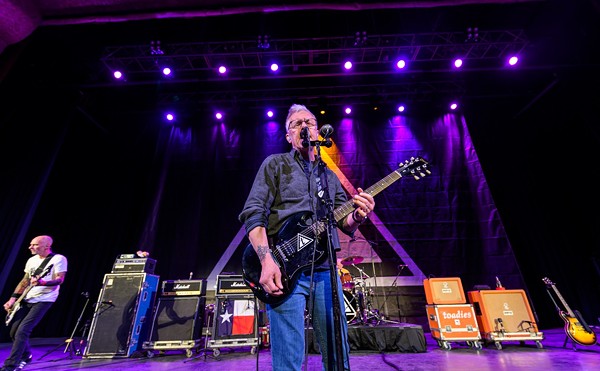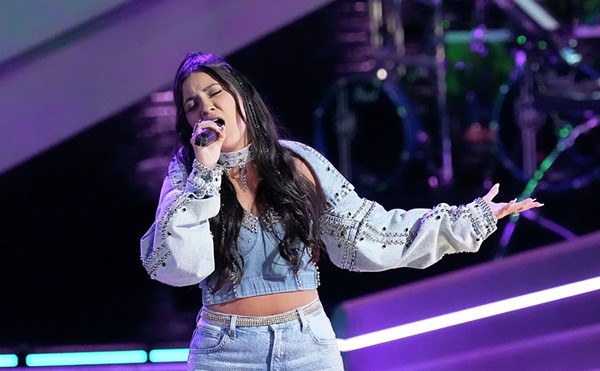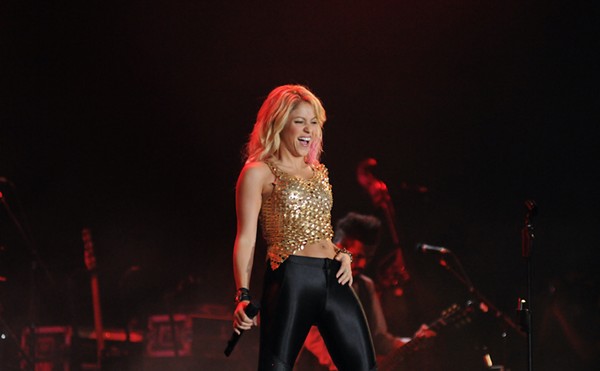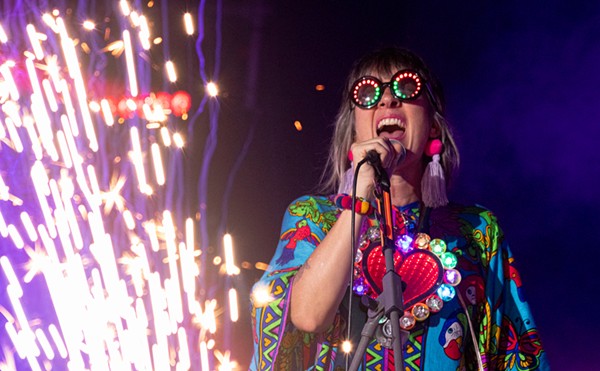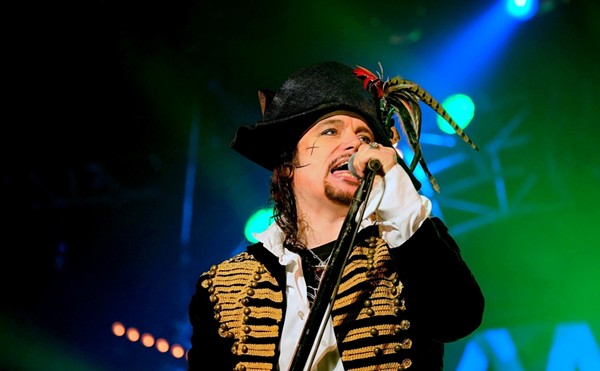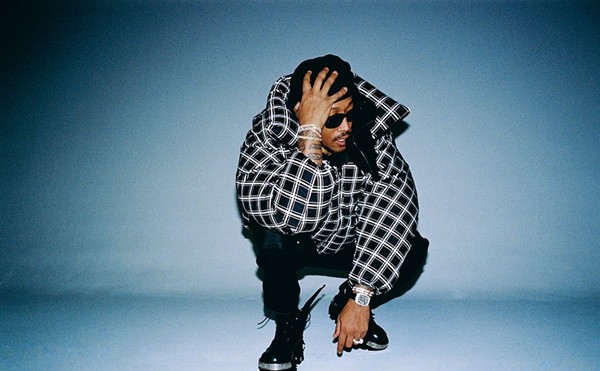The passing of Israel López “Cachao,” the great Cuban bassist, composer, and bandleader who passed away in Miami on March 22 at age 89 from kidney complications, was well reported by the Spanish media. But his funeral, which took place Wednesday, March 26, at Little Havana’s St. Michaels Church, was overshadowed (at least on Spanish-language TV) by the usual chismes and the repercussions of Emilio Navaira’s life-threatening bus accident on Easter Sunday.
I had been told that Tejano music was dead and Emilio a mere has-been. In fact, Emilio proved, under tragic circumstances, that he’s lost none of his star power, and his hospitalization eclipsed the death of one of the key figures of 20th century Latin music.
The “Mambo” danzón Cachao co-wrote with his brother Orestes in 1938 is believed to signify the first time the word had been used, thus setting the stage for the craze popularized worldwide by Dámaso Pérez Prado in 1943. Cachao’s resurgent glory in the mid-’90s, when he was hailed as “the true father of mambo,” however, didn’t come without controversy.
“That’s what Cachao always told me: ‘Pérez Prado is the mambo king, but I’m its father,’” Andy García says to me over the phone from Los Angeles. García, a lifelong Cuban music buff and percussionist, was Cachao’s producer and bandmember from 1994 until Cachao’s death.
But Cachao should ultimately be remembered for his stirring descargas (jam sessions), his unparalleled skill with the stand-up bass, and the fact that he was one of the very few who would perform danzones live. He won two Grammys (for Master Sessions Vol. 1 and ¡Ahora sí!) and two Latin Grammys (for ¡Ahora sí! and El arte del sabor, a collaboration with pianist Bebo Valdés and percussionist Patato Valdés), but he deserved to win most of his countless nominations.
And even though he recorded three very good albums between 1970 and 1986, his name was only known by diehard fans or the top Latin jazz musicians in Cuba and abroad.
“Those who need to know who Cachao is, know,” Paquito D’Rivera, the great clarinetist and co-founder of Irakere, who worked on both Master Sessions, once memorably put it. At the CD-release party in 1994, D’Rivera told Cachao and those who wanted to hear that he wouldn’t attend the Gonzalo Rubalcaba show that was taking place that same night in Los Angeles (Rubalcaba was still associated with the Castro regime by the Miami crowd). Most agreed, but Cachao simply smiled and looked elsewhere, without saying a word. For Cachao, it was the music, and Afro-Cuban music in particular, that really
mattered.
Andy García deserves credit for taking Cachao out of the Miami bar mitzvahs and wedding ceremonies at which he was performing in the mid-’90s. He did it first with the fascinating Cachao: Como su ritmo no hay dos (“Like his rhythm there is no other”) documentary, then with six superb albums. But he also received a lot of flak for sitting down with Cachao’s orchestra and getting as much screen time as the maestro.
“That was a completely spontaneous thing,” García says. “It was Cachao who asked me to play. It’s easy for people to criticize because they think you’re doing something that’s self-serving. That’s the cynical nature of society at times. But it doesn’t matter what they say, because the reality is that we were there for him. And everybody who showed up for everything, whether the records or the concerts or whatever, we did for him; they all know I never got a penny for it.”
What García did for Cachao he also did for singer Rolando Laserie and almost did for pianist Bebo Valdés.
“Early on, Paquito `D’Rivera` came up to me and said ‘We have to record Bebo Valdés,’ and I said ‘That would be great,’” García recalls. “Immediately, Paquito went and recorded him and he formulated a relationship between `Calle 54 director and Oscar winner` Fernando Trueba and Nat Chediak, and look at the legacy that Bebo was able to bring forth, also in his later years. And that’s great. We were also able to record Rolando Laserie’s last song `“El guapachoso”` in the Master Sessions.”
At the end of Cachao: Como su ritmo no hay dos, Cachao says, “I’m an old man and I won’t be around forever, but what’s important to me is that the youth continue the tradition.”
“I gave him the opportunity of 16 years of more music, and he had a glorious life,” García says. “He was able to fulfill his musical genius with the world, and that’s something that makes me and everybody else who stepped up to the plate proud.” •




